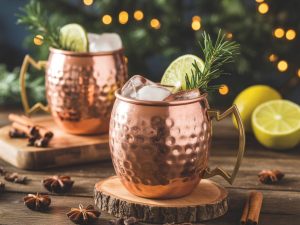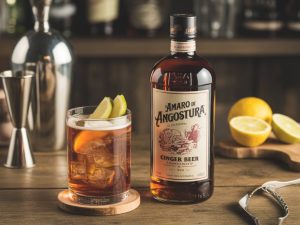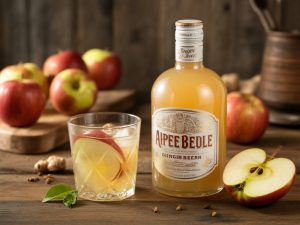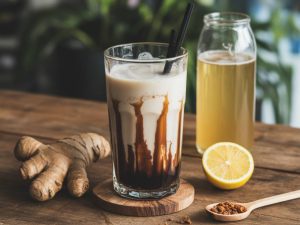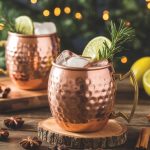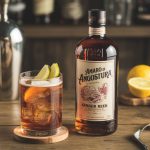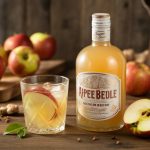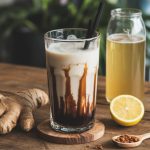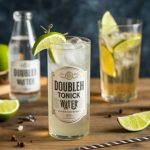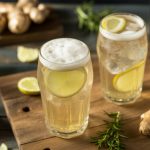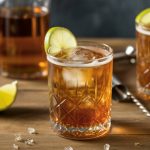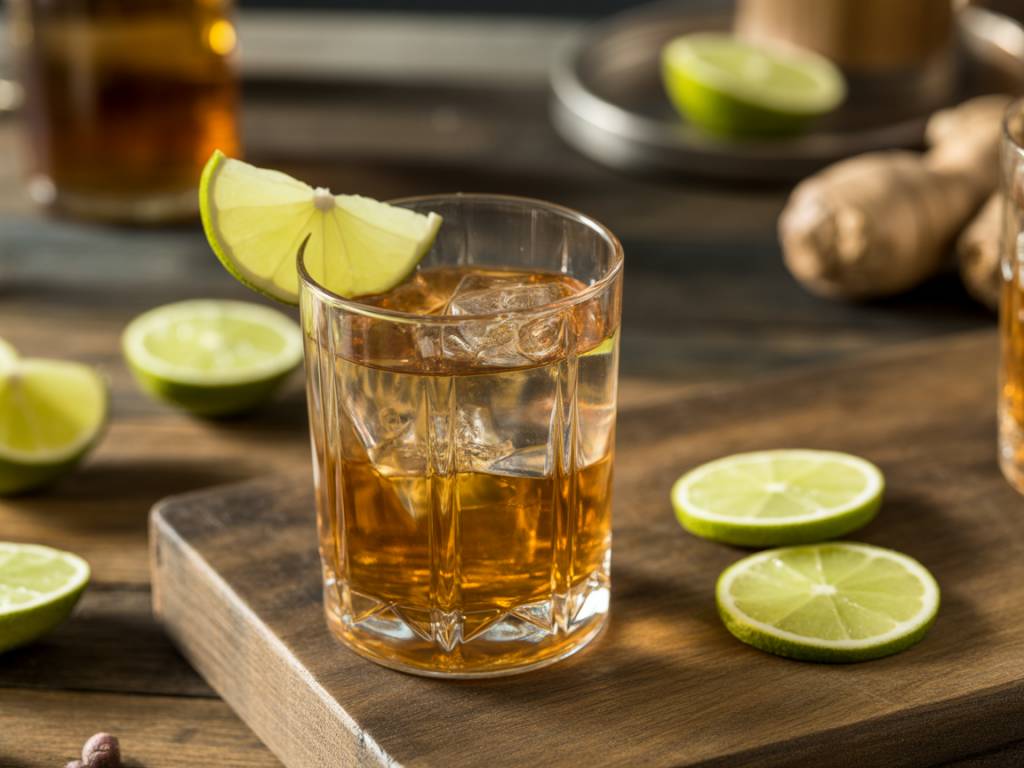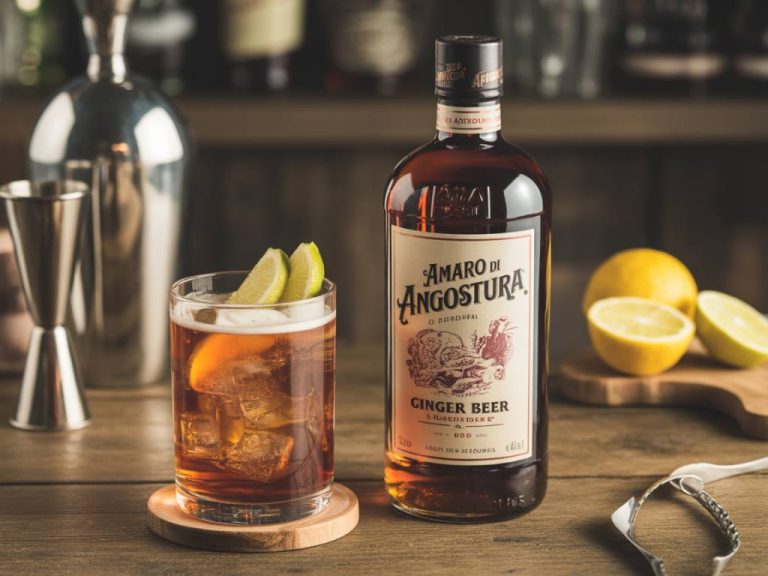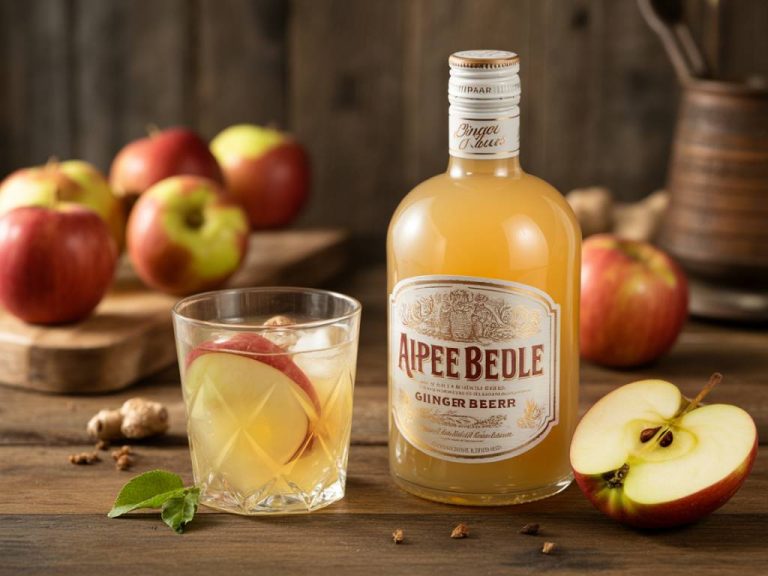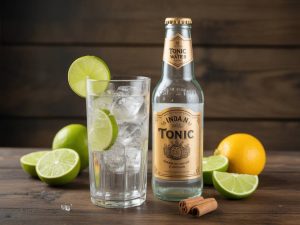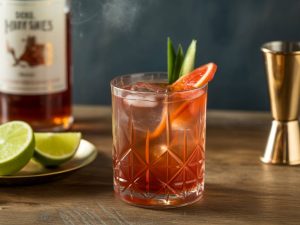Whiskey & Ginger Ale: A Spicy-Sweet Symphony
Few combinations in the world of mixology strike such a delightful balance as whiskey and ginger ale. At once comforting and invigorating, this duo rides the line between warmth and zest, sweetness and spice. But the devil, as always, lies in the details: not all whiskey and ginger ale drinks are created equal.
In this article, we’ll explore the nuanced relationship between whiskey and ginger ale, examining how different whiskeys, types of ginger ale, and supporting ingredients can elevate this classic highball from a casual pour to a concoction of real complexity. Along the way, you’ll find tested recipes, flavor pairing logic, and techniques that bring out the best in both components—rooted, as always, in craft, science, and a bit of curiosity.
Why Whiskey and Ginger Ale Work So Well Together
Let’s call it chemical compatibility. Whiskey, with its notes of caramel, vanilla, oak, and subtle smoke, naturally complements the spicy bite and citrusy brightness of ginger ale. The carbonation acts as a flavor amplifier, lifting the volatiles in whiskey and ginger alike. The sweetness in the soda calms whiskey’s burn, while the ginger adds dimension.
Even more interesting: depending on the whiskey and ginger ale selected, you can steer the drink toward dessert-like richness or dry, herbal sharpness. It’s a liquid sandbox for any curious palate.
Choosing the Right Whiskey: Not All Spirits Behave the Same
Whiskey comes in many forms, from the corn-forward richness of Bourbon to the peaty austerity of Islay Scotch. Your choice here will drastically impact the final flavor profile of your drink. Here are some tested pairings and why they work:
- Bourbon: Think Maker’s Mark, Buffalo Trace. Soft, with notes of caramel and vanilla. Ideal with a spicier, drier ginger ale to keep the drink from being saccharine.
- Rye Whiskey: Such as Bulleit Rye or High West. Spicy and assertive, it mingles beautifully with sweeter, citrus-forward ginger ales like Canada Dry or Fever-Tree.
- Irish Whiskey: Jameson or Redbreast bring a delicate smoothness. Balanced with mild ginger ale, they yield a crowd-pleasing highball with minimal bitterness.
- Scotch: Especially blended or light Highland types like Monkey Shoulder. Earthier and slightly smoky, they pair best with craft ginger ales that have molasses or brown sugar notes.
One trick? Pour a tiny sample of your whiskey and ginger ale separately over ice, taste them individually, then together. Your palate will reveal whether the marriage is harmonious or in need of rebalancing.
The Ginger Ale Spectrum: Sweetness, Heat and Fizz
Most people treat ginger ale as a monosyllabic mixer. Big mistake. The right ginger ale can make or break the drink. So, what’s out there?
- Commercial Mainstreams (e.g., Canada Dry, Schweppes): Mild on ginger, moderate sweetness, broadly accessible. Good for beginners or smooth whiskey like Jameson.
- Craft Ginger Ales (e.g., Q Mixers, Fever-Tree): These often have real ginger root, higher spice levels, and lower sugar. Practical for sharper whiskeys or when seeking complexity without cloying flavors.
- Homemade Ginger Syrup + Soda Water: For control freaks and flavor nerds (myself included). Boil fresh ginger root, combine with sugar and simmer into a syrup. Add soda water to match your desired sparkle.
The key variable is the level of gingerol—the compound in fresh ginger responsible for its peppery punch. High-gingerol ginger ales can carry bold whiskeys without the drink feeling heavy.
Balancing Flavors: Sweet, Acid, Heat & Aromatic
To create a whiskey and ginger ale drink that dances on the tongue, balance is critical. Here’s the ratio formula I use in my home trials:
- Whiskey: 45-50 ml (about 1.5 oz)
- Ginger Ale: 90-120 ml (3 – 4 oz)
- Optional citrus: A squeeze of lemon or lime (acid cuts sweetness)
- Aromatic garnish: Orange peel, crystallized ginger, or fresh mint for olfactory flair
Try this: Muddle a thin slice of fresh ginger with a tiny splash of honey syrup before adding the other ingredients. It shifts the entire drink toward a deeper warmth and rich mouthfeel.
Three Whiskey & Ginger Ale Cocktails to Up Your Game
The Classic Highball (Refined)
- 50 ml Irish Whiskey (e.g., Jameson)
- 100 ml ginger ale (Canada Dry or Fever-Tree)
- 1 thin lemon wheel (optional)
- Ice cubes
Method: Fill a highball glass with ice, add whiskey, top with cold ginger ale, stir gently, and garnish with lemon. Simple? Yes. But served ice-cold and in the right ratio, it’s crisp, invigorating, and delicious.
Spiced Ginger Manhattan
- 40 ml Rye Whiskey
- 20 ml Sweet Vermouth
- 90 ml craft ginger ale (Q or homemade)
- 2 dashes Angostura bitters
- Garnish: Orange peel
Method: Stir whiskey and vermouth with ice, strain into a rocks glass. Top with ginger ale, add bitters, express orange peel over the drink, then drop it in. Spicy, layered, and surprisingly elegant.
Molasses Storm
- 45 ml blended Scotch (e.g., Monkey Shoulder)
- 100 ml ginger ale with brown sugar base (e.g., homemade or Bruce Cost)
- 1 barspoon blackstrap molasses
- Pinch of sea salt
Method: In a mixing glass, combine scotch and molasses. Stir well. Pour over ice into a rocks glass, top with ginger ale, a tiny pinch of salt to bring out caramel notes. Surprisingly savory and balanced.
Ice and Glass Matters Too
The structure of your drink doesn’t rely solely on recipe—temperature and dilution are key. Use large, clear ice cubes if possible; they melt slower and preserve fizz. Serve in a highball or Collins glass to allow aromas to expand and carbonation to persist.
When to Serve Whiskey & Ginger Ale?
Unlike saturated cocktails heavy with syrups and fortified wines, the whiskey/ginger combo is versatile. It’s a summer sipper when lightened with citrus, a fall warmer when paired with molasses or cloves, even an aperitif when made dry and herbaceous.
Hosting dinner? Offer a “choose-your-ginger” station with different whiskeys and ginger options. It sparks conversation and highlights how dramatically the mixer can influence the drink’s identity.
Health Notes: A Drink with Ginger Can’t Hurt (Right?)
Well, yes and no. Ginger itself offers several health benefits: it’s anti-inflammatory, aids digestion, and can combat nausea. However, commercial ginger ales typically contain minimal real ginger and a non-trivial amount of sugar. If you’re concerned about sugar, consider :
- Using diet ginger ale (watch for artificial sweeteners)
- Mixing sparkling water with ginger syrup to control sweetness
- Adding raw ginger juice to soda water for a fiery, sugar-free option
Whiskey, obviously, is alcohol—and moderation matters. But when enjoyed responsibly, this pairing can be one of the lightest, most refreshing cocktail formats in your repertoire.
Final Thought: Ginger and Grain, a Friend for All Seasons
If you’re looking to expand your mixology skills while staying within the comforting realm of accessible ingredients, whiskey and ginger ale is a canvas worth exploring. The joy lies in experimentation: swapping whiskeys, tinkering with the ginger profile, or layering in herbs, acid or bitters to suit your taste.
Whether you’re sipping a stripped-down classic on your porch or serving a spiced-up version at your next dinner party, this highball fusion of fiery root and fermented grain remains one of the most versatile, adaptable, and deeply satisfying drinks in the cocktail world.
Cheers to bold flavors—and balanced sips.

